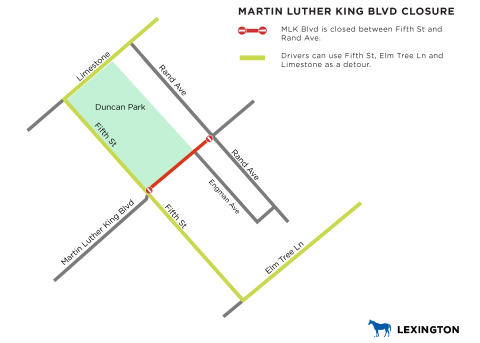
LEXINGTON, Ky. (Jan. 12, 2024) – Before freezing temperatures arrive, Kentucky American Water encourages customers to take a few minutes to help prevent their homes’ water pipes from freezing.
“Taking a few simple steps today can help prevent inconvenience and costly damage in the coming days,” said Vice President of Operations Andy Lewis. “We encourage customers to spend a few minutes assessing their homes and completing a few simple tasks so that their homes are well-prepared for the freezing temperatures.”
Frozen water lines typically occur in areas such as crawl spaces or along the outside walls where unprotected plumbing tends to be more vulnerable to the elements. Customers are encouraged to do the following:
- Disconnect garden hoses from your home. If you have an irrigation system, make sure it is turned off and drained.
- Search your house for uninsulated water pipes, especially in unheated areas. Check attics, crawl spaces, and outside walls. Consider wrapping pipes with insulation sleeves. Another option is electric heating tape, but follow manufacturers’ instructions carefully to avoid a fire hazard.
- Seal cracks and holes in outside walls and foundations with caulking to keep cold air away from pipes.
- Drain and shut off entirely the water to any unoccupied residence, such as a summer or vacation home. A loss of power during a winter storm could cause pipes to freeze.
Once cold weather arrives, follow these tips:
- Set the thermostat no lower than 55 degrees if you’re going out of town. Although you may be able to get away with a lower temperature, this setting is safe for pipes.
- When below-freezing temperatures occur, keep a slow trickle of water flowing through faucets supplied by pipes that run through unheated or unprotected spaces. This will help prevent the water in pipes from freezing.
- Keep kitchen and bathroom cabinet doors open to allow warm air to circulate around the pipes.
- Make sure you know where your main water shut-off valve is located inside your home so that you can shut off your water quickly in the event of a water pipe leak. This valve is often located in a utility room, closet or in the basement or crawlspace.



